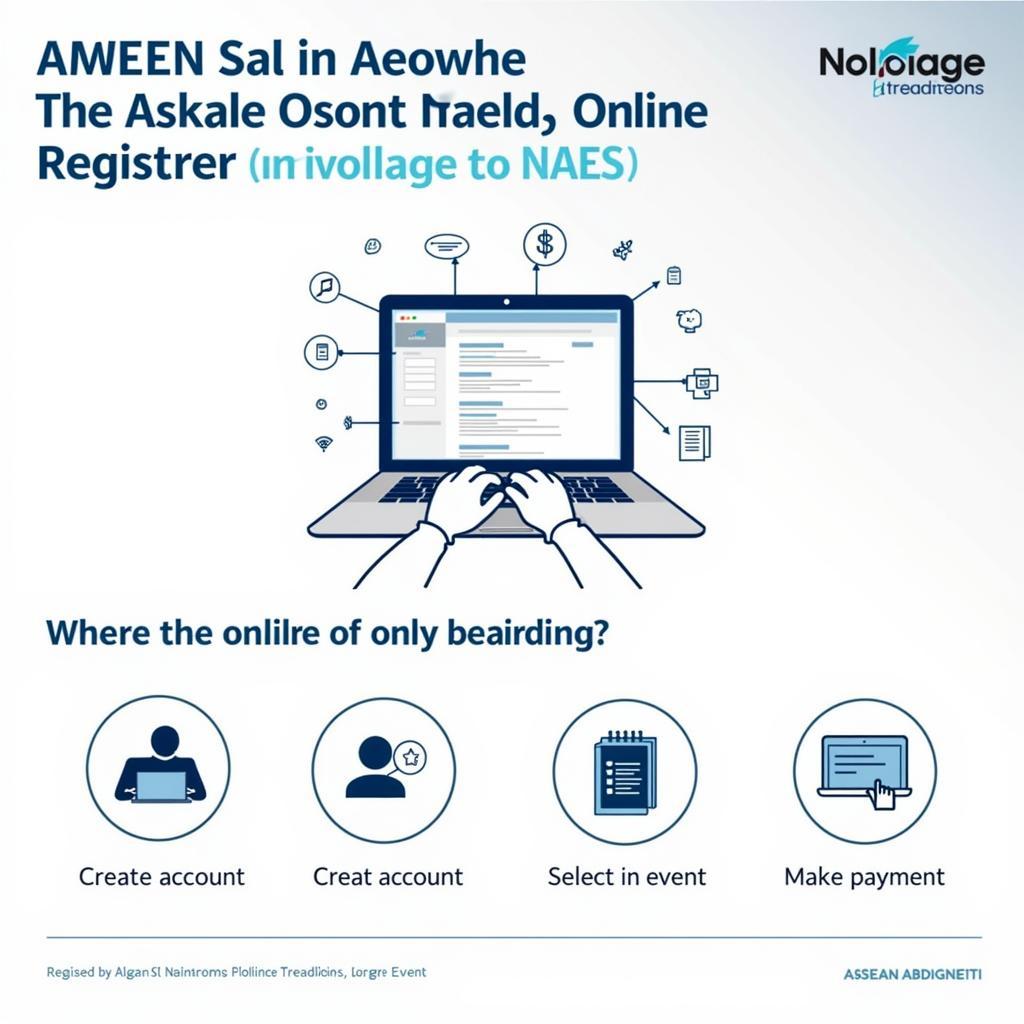ASEAN space explorers may not be a household term yet, but the region’s ambitions in space are rapidly growing. From satellite technology advancements to burgeoning space agencies, Southeast Asia is increasingly looking towards the cosmos. This article delves into the current state of ASEAN’s space endeavors, exploring the key players, challenges, and the exciting potential that lies ahead.
A Budding Space Race: ASEAN’s Ascent to the Stars
Southeast Asia’s involvement in space exploration is primarily driven by practical needs, such as disaster management, environmental monitoring, and telecommunications. However, the dream of scientific discovery and the potential economic benefits are also fueling this burgeoning interest. Several ASEAN nations are investing heavily in developing their space capabilities, leading to a new era of innovation and collaboration.
Several countries are at the forefront of this movement. Vietnam, for instance, has been steadily developing its satellite technology, launching several Earth observation satellites. Indonesia, with its vast archipelago, has also recognized the importance of space technology for communication and disaster monitoring. Meanwhile, Singapore, known for its technological prowess, is focusing on developing niche space capabilities, including satellite-based navigation and communication systems.
The Challenges and Opportunities of ASEAN Space Exploration
While the potential is enormous, ASEAN space explorers face significant hurdles. Funding remains a key constraint, as space programs require substantial investment. Additionally, developing the necessary technical expertise and infrastructure presents a challenge. However, these challenges also create opportunities for collaboration, both within ASEAN and with international partners.
 ASEAN Space Collaboration and partnerships
ASEAN Space Collaboration and partnerships
By pooling resources and expertise, ASEAN nations can overcome these challenges and accelerate their progress in space exploration. International partnerships can also provide access to advanced technologies and training opportunities, further boosting the region’s space capabilities.
Who Are the Future ASEAN Space Explorers?
The exciting part of this developing story is the potential for future generations of ASEAN space explorers. As space programs mature and educational opportunities expand, more young people in the region will have the chance to pursue careers in space science and technology.
Inspiring the Next Generation
Inspiring the next generation of ASEAN space explorers is crucial. Educational initiatives, outreach programs, and collaborations with international space agencies can help spark interest in STEM fields and encourage young people to pursue careers in space. Imagine a future where ASEAN scientists and engineers are at the forefront of space exploration, making groundbreaking discoveries and pushing the boundaries of human knowledge.
Conclusion: A Bright Future for ASEAN in Space
ASEAN’s journey in space is just beginning. While there are challenges to overcome, the potential rewards are immense. By fostering collaboration, investing in education, and embracing innovation, ASEAN space explorers can reach for the stars and unlock a bright future for the region.
FAQ
- Which ASEAN countries have active space programs?
- What are the main goals of ASEAN space exploration?
- How can ASEAN countries overcome the challenges of space exploration?
- What are the career opportunities in space science and technology for ASEAN youth?
- How can international partnerships benefit ASEAN space programs?
- What is the role of education in fostering the next generation of ASEAN space explorers?
- What are some of the potential economic benefits of ASEAN space exploration?
For support, please contact Phone: 0369020373, Email: [email protected] Or visit: Thôn Ngọc Liễn, Hiệp Hòa, Bắc Giang, Việt Nam. We have a 24/7 customer service team.


